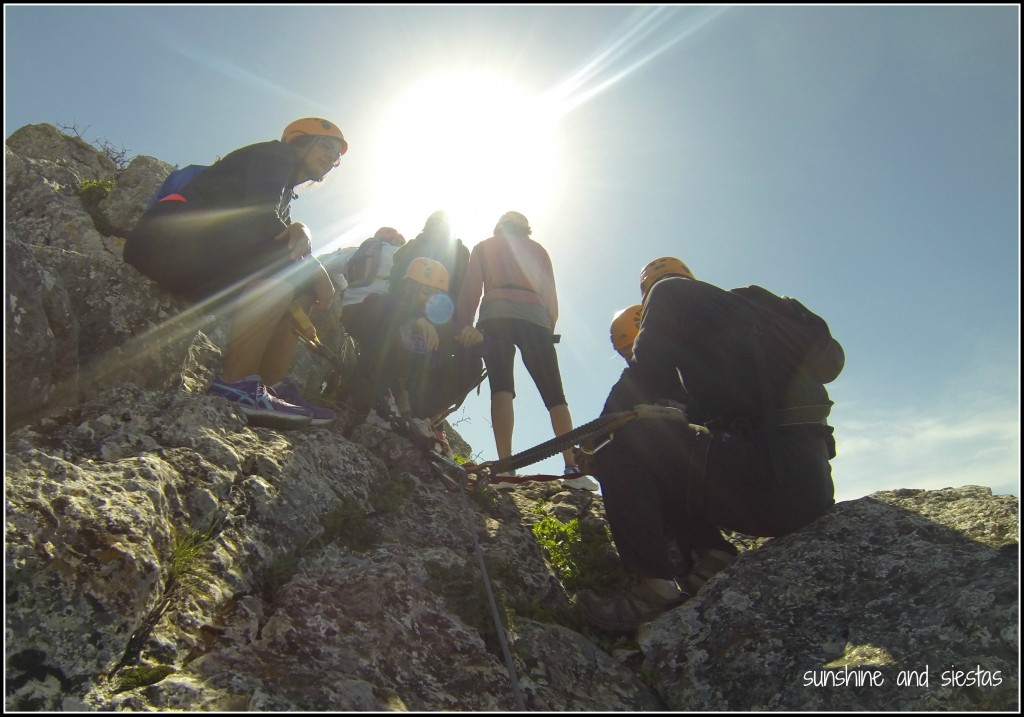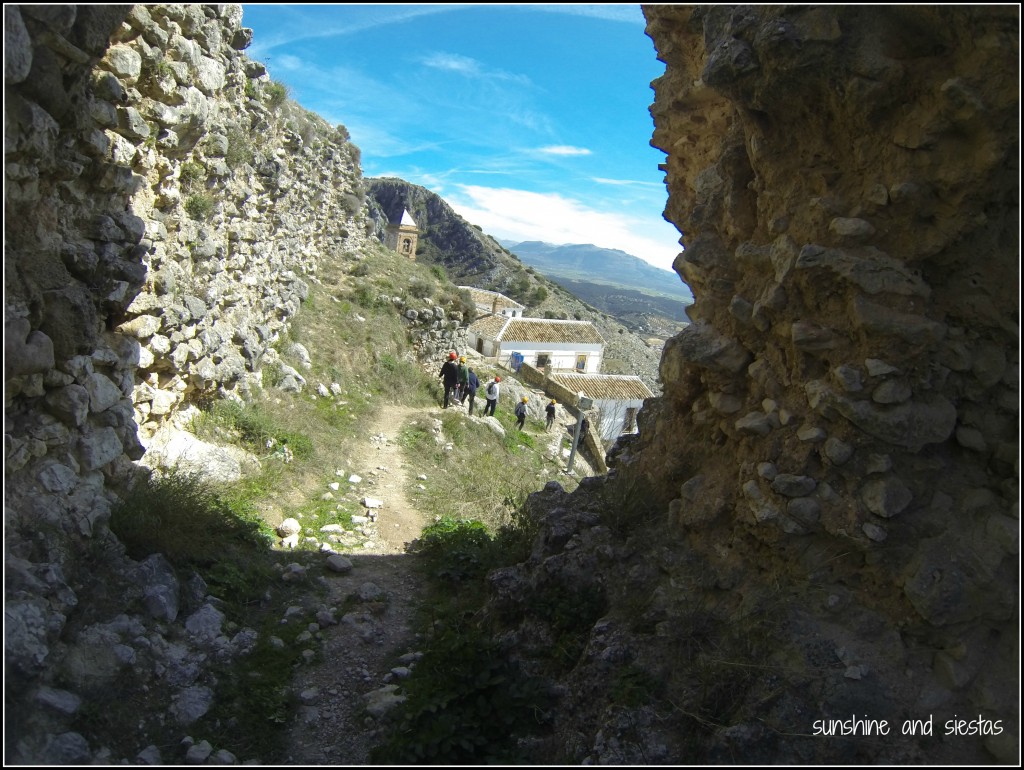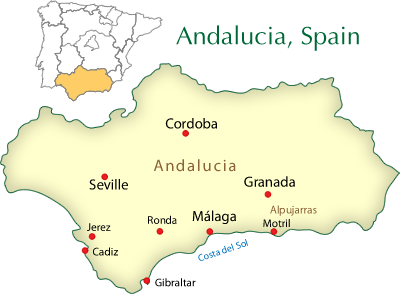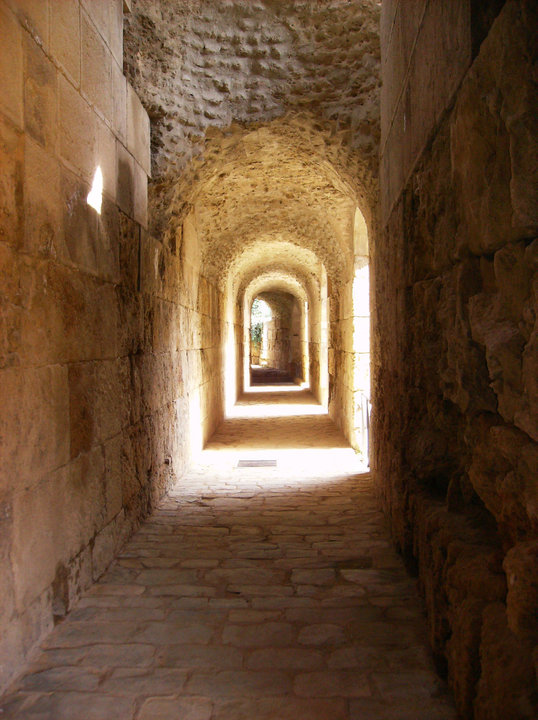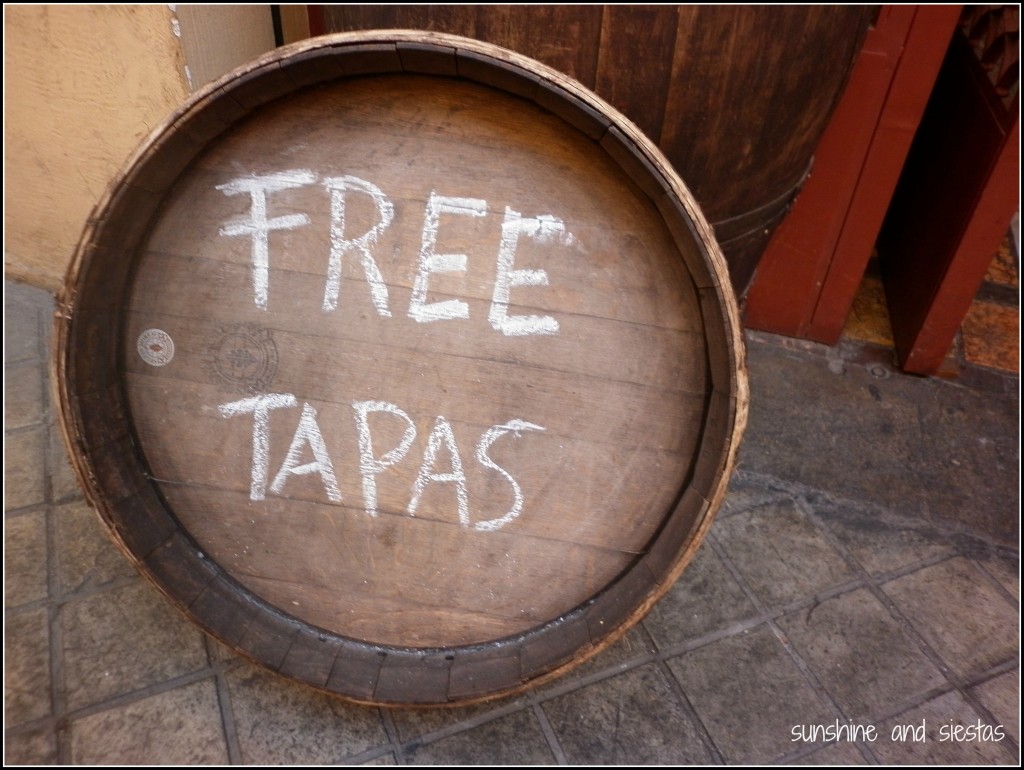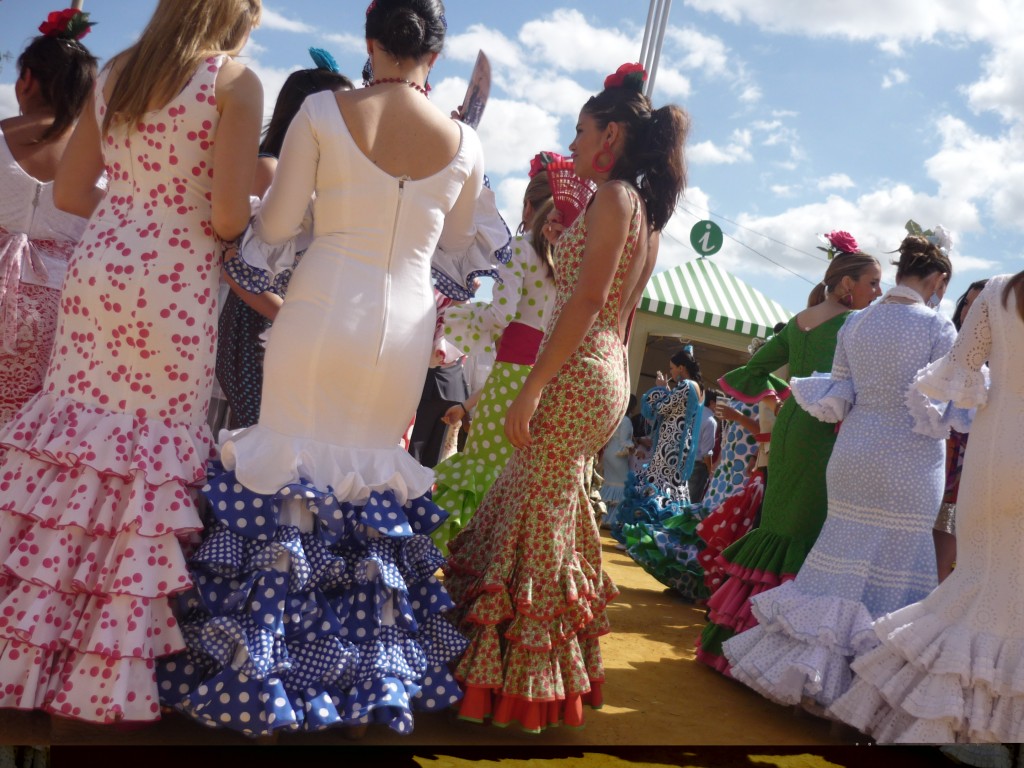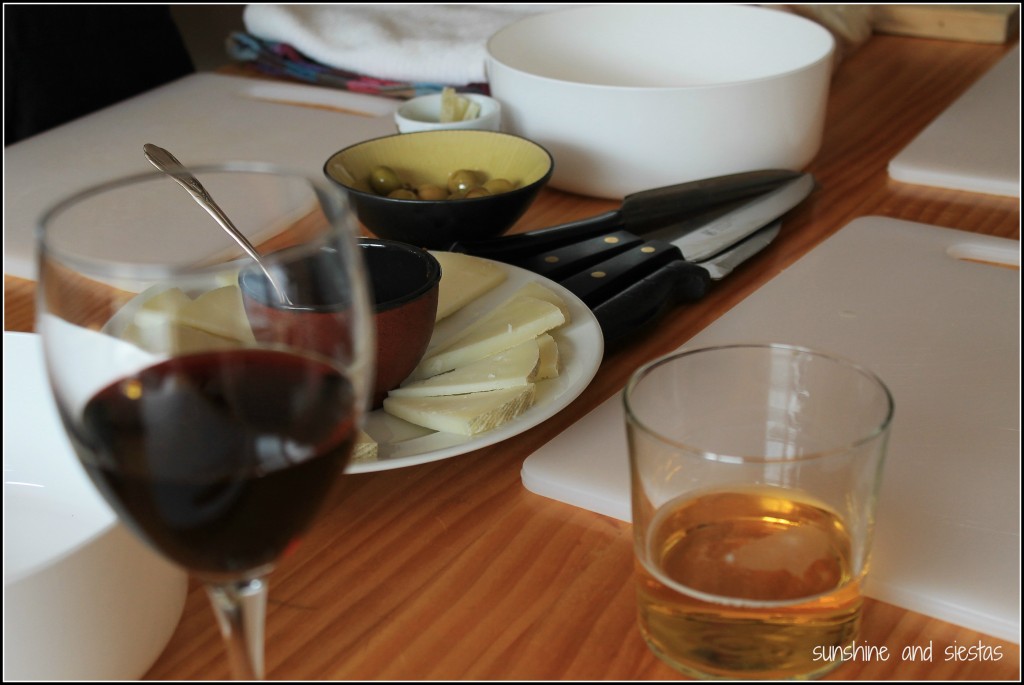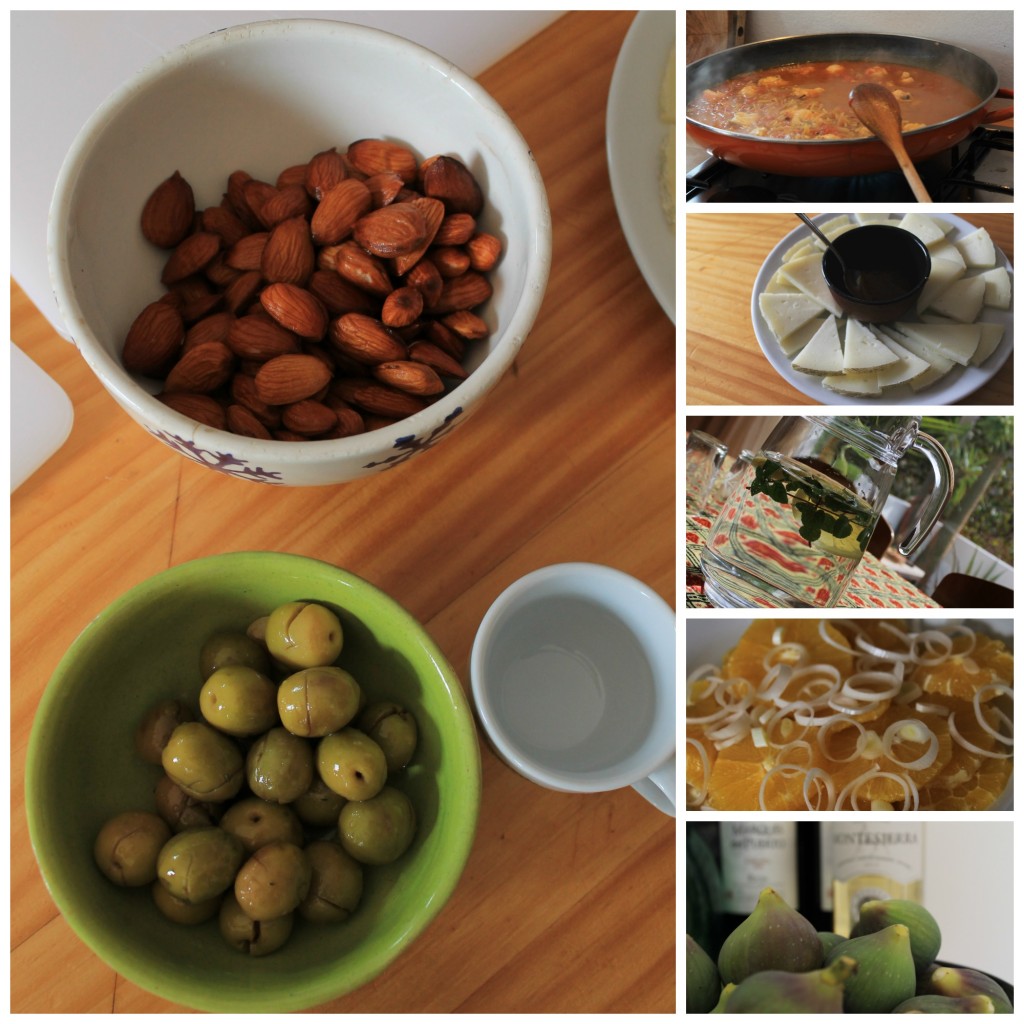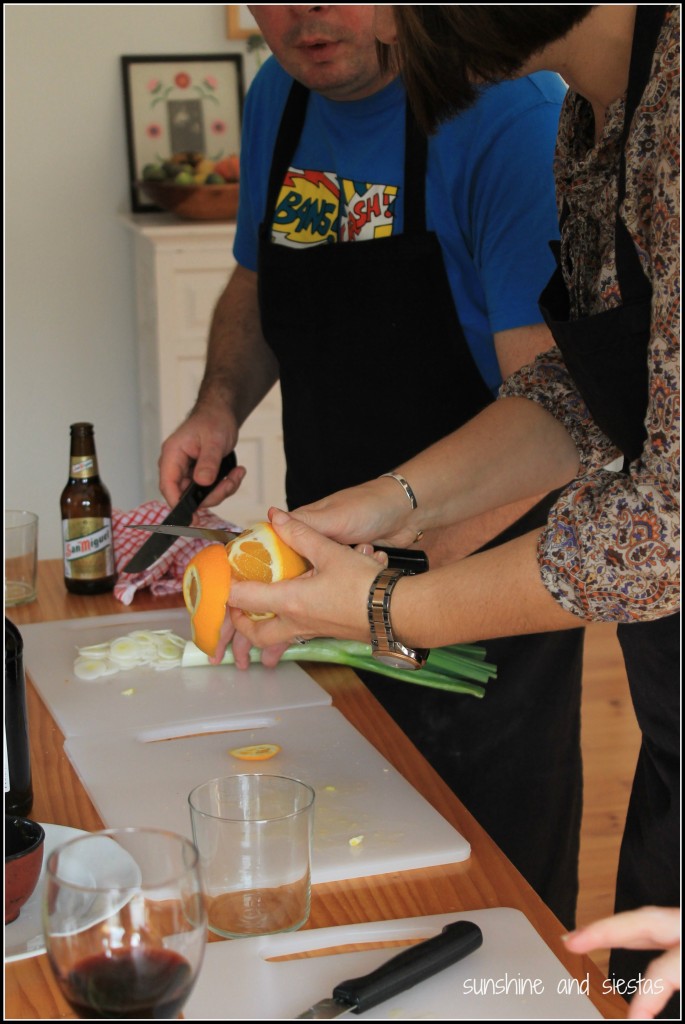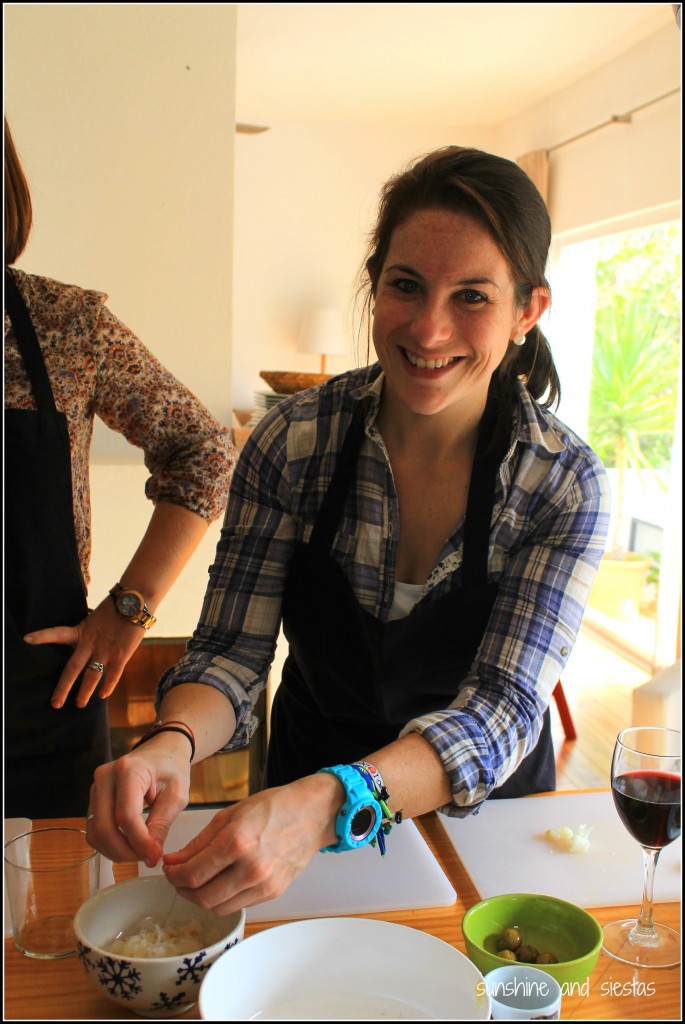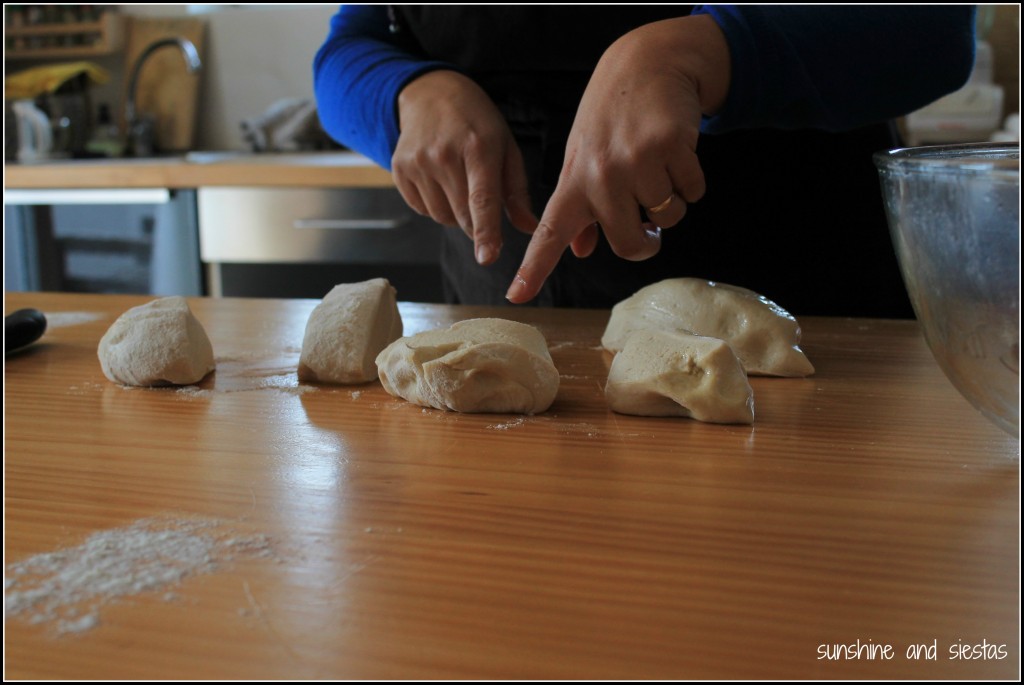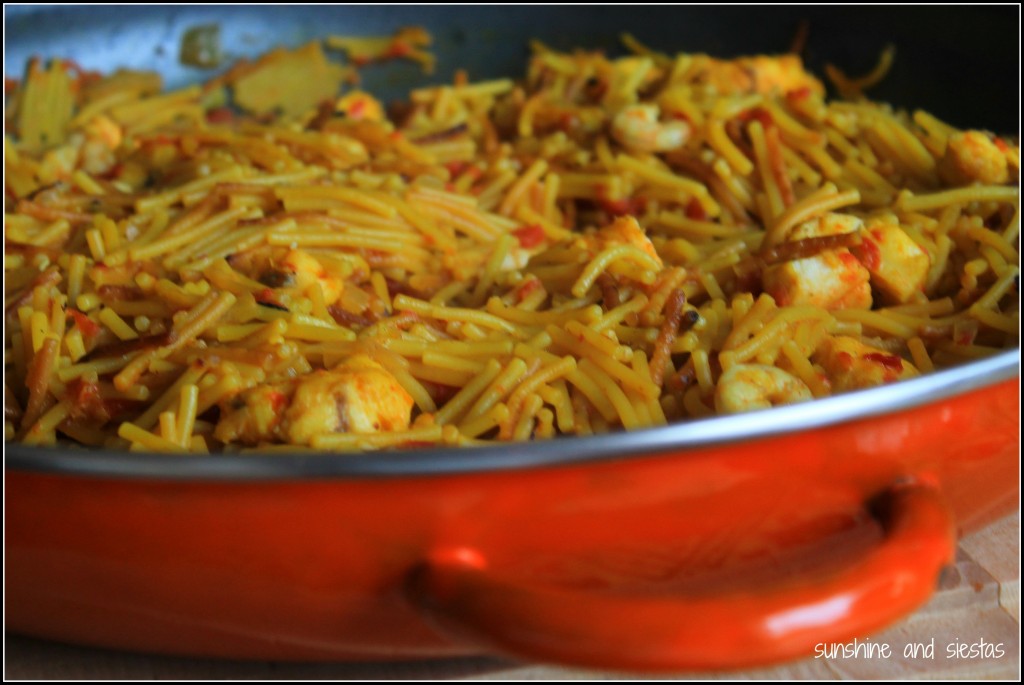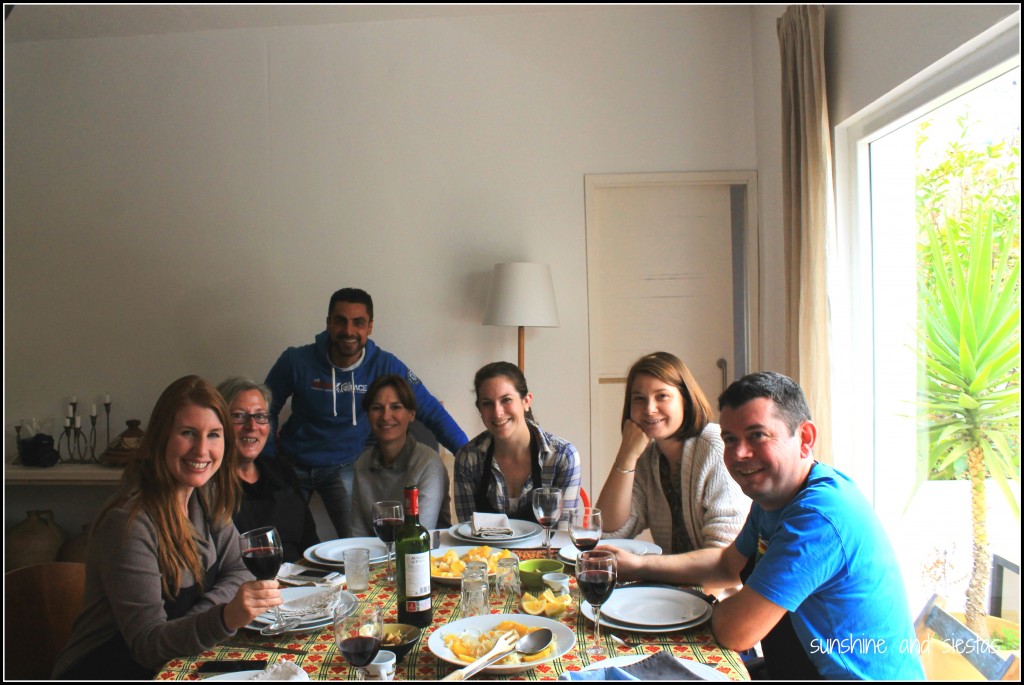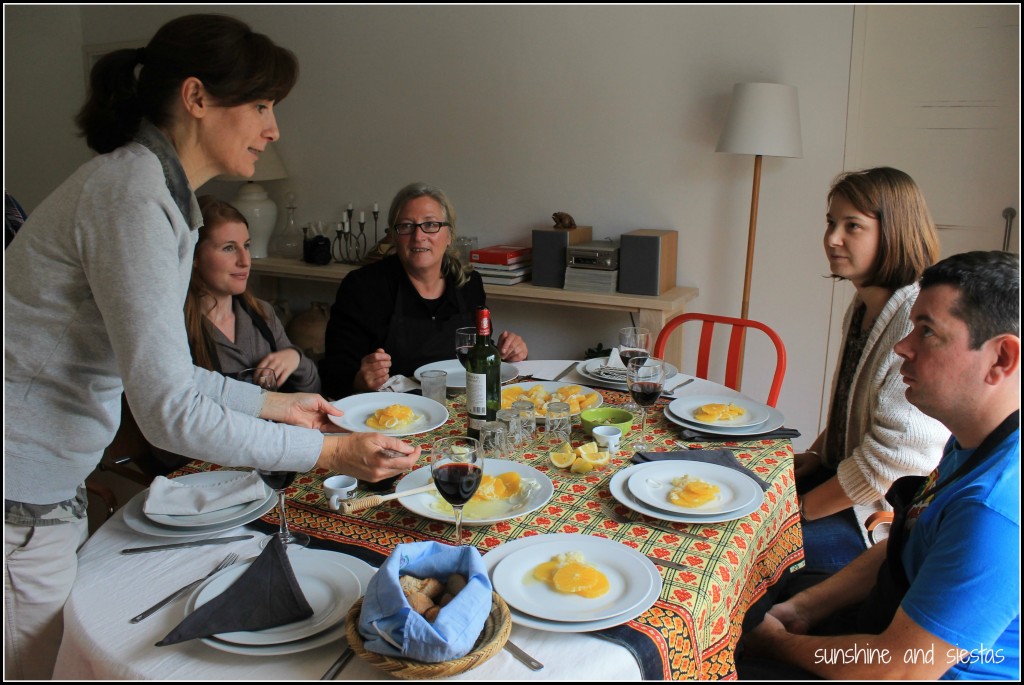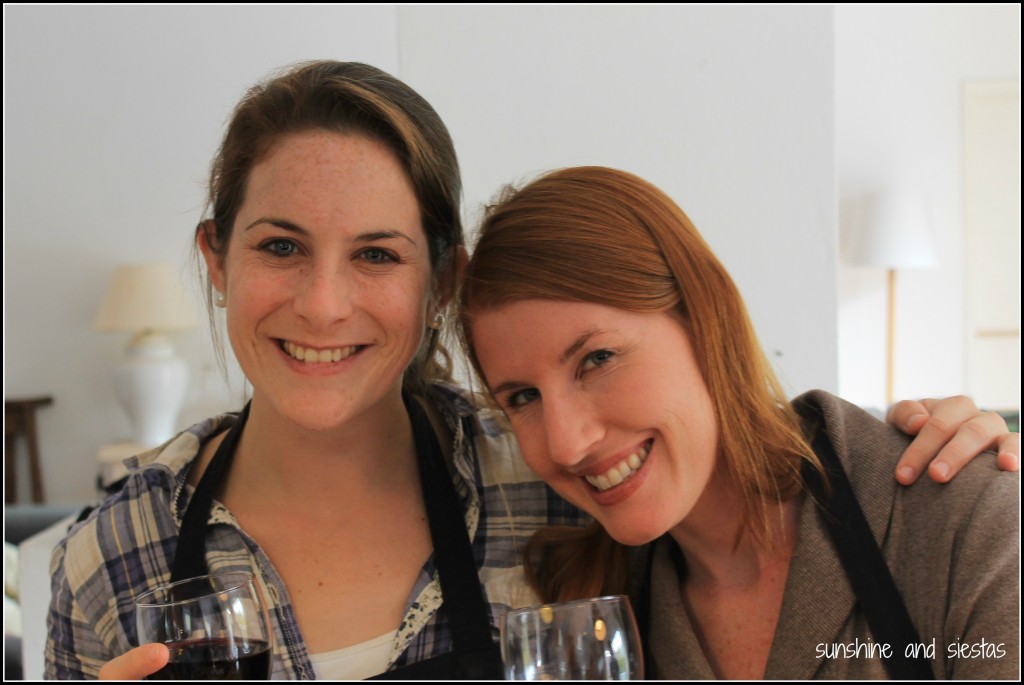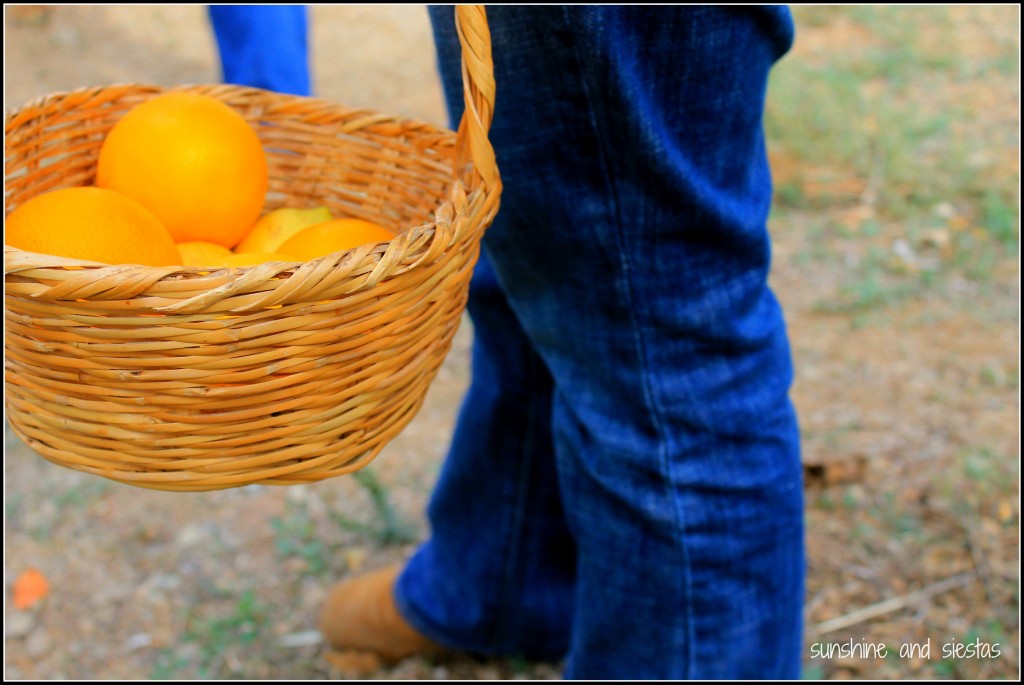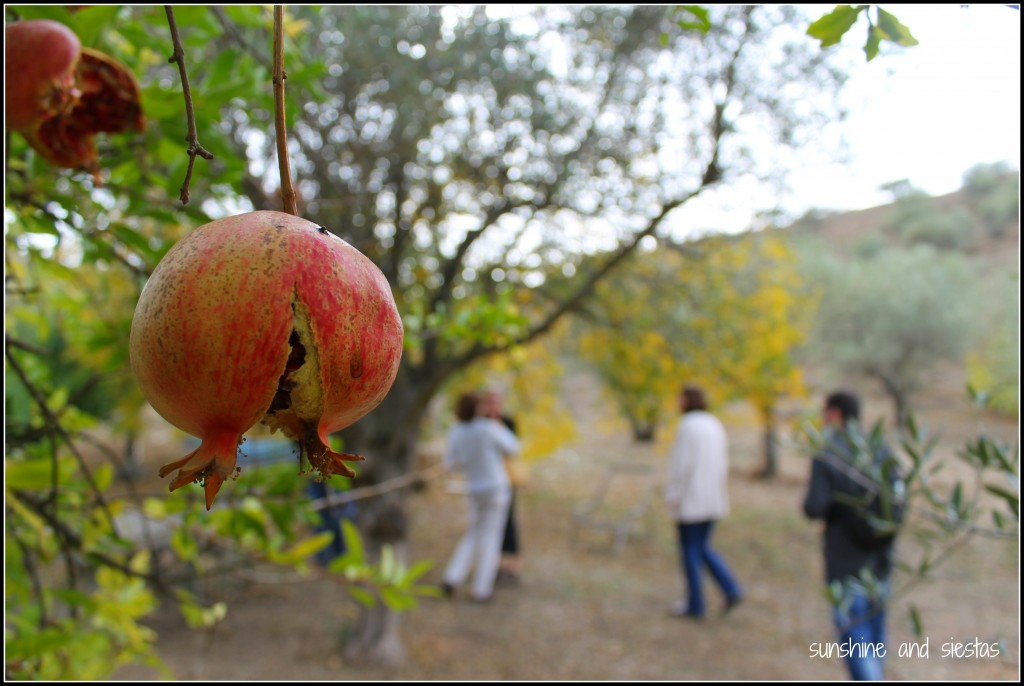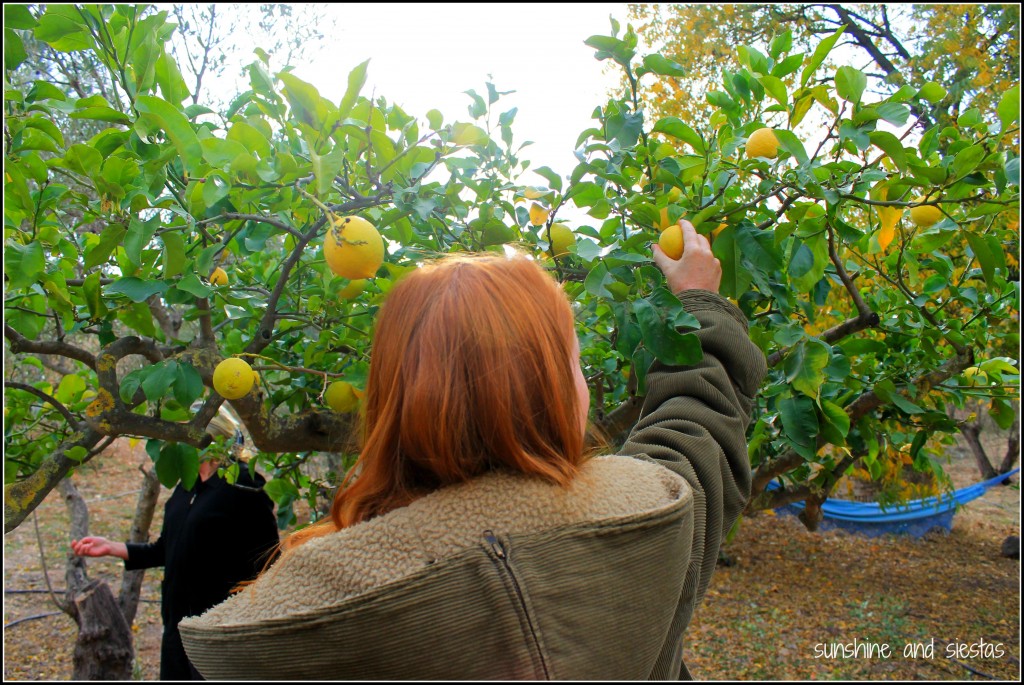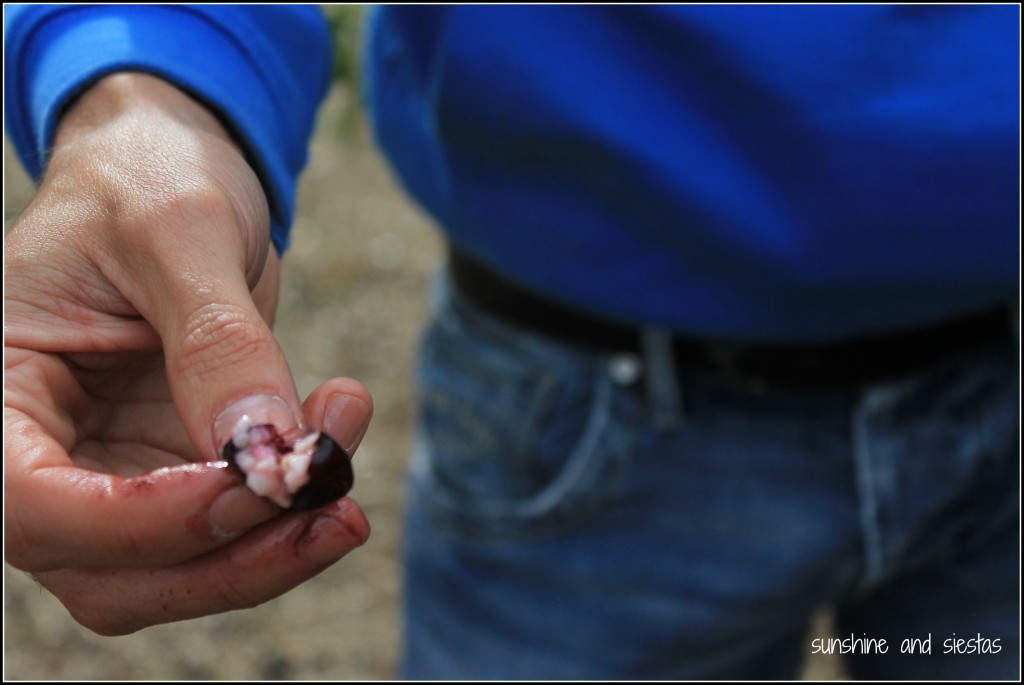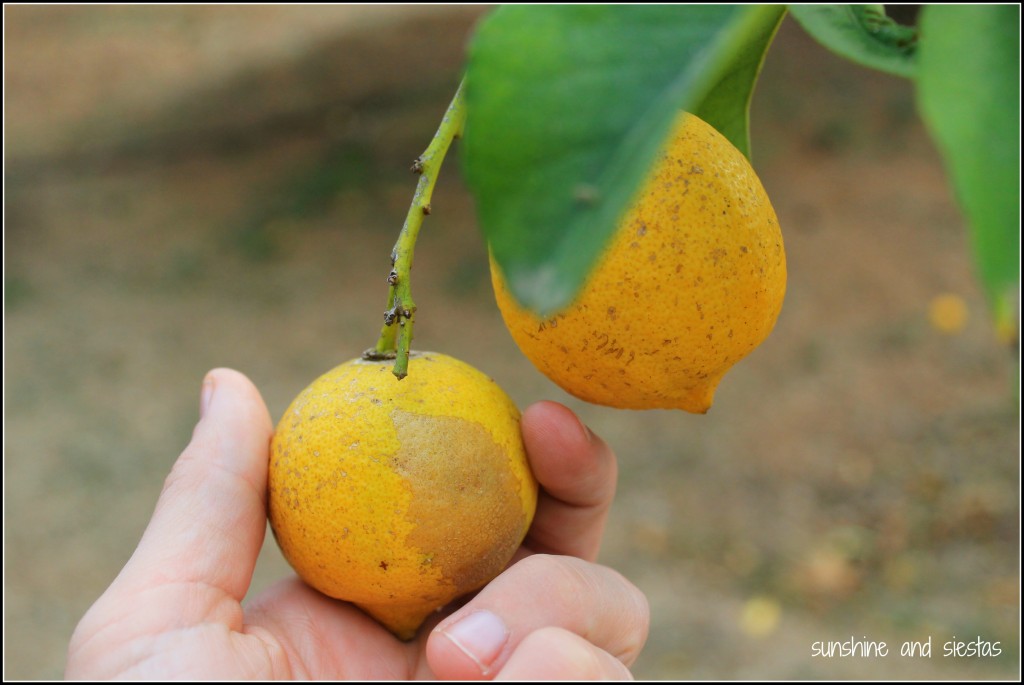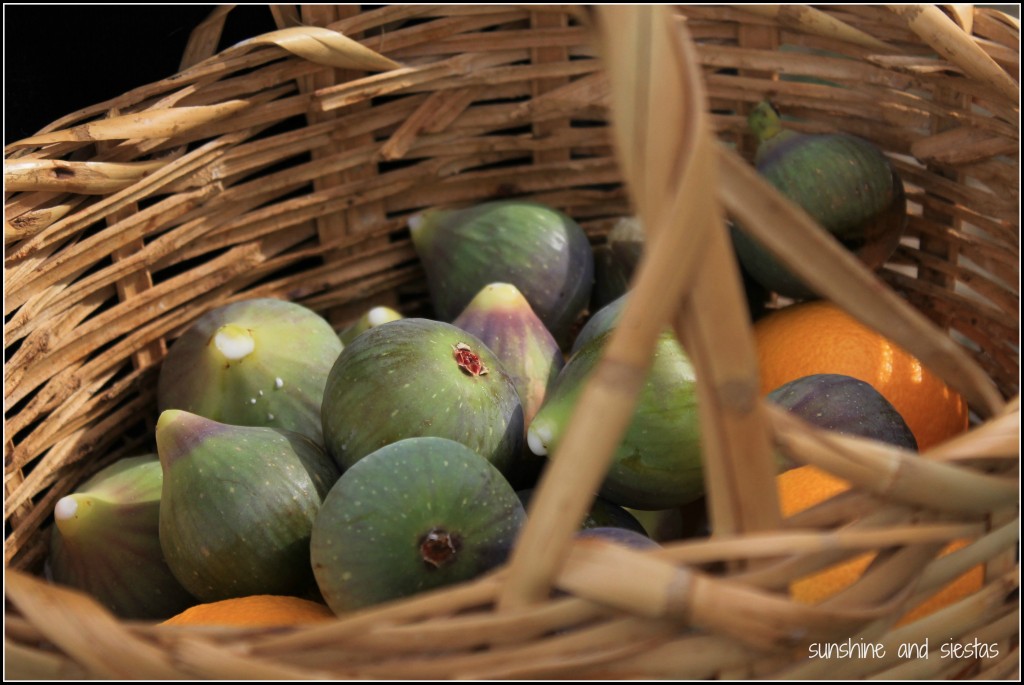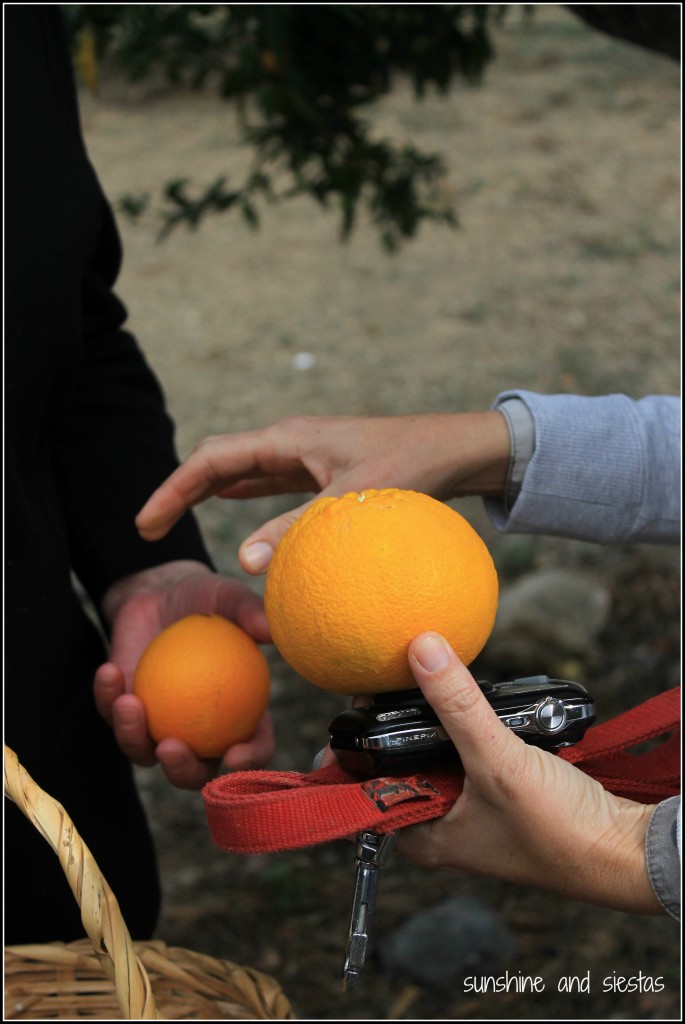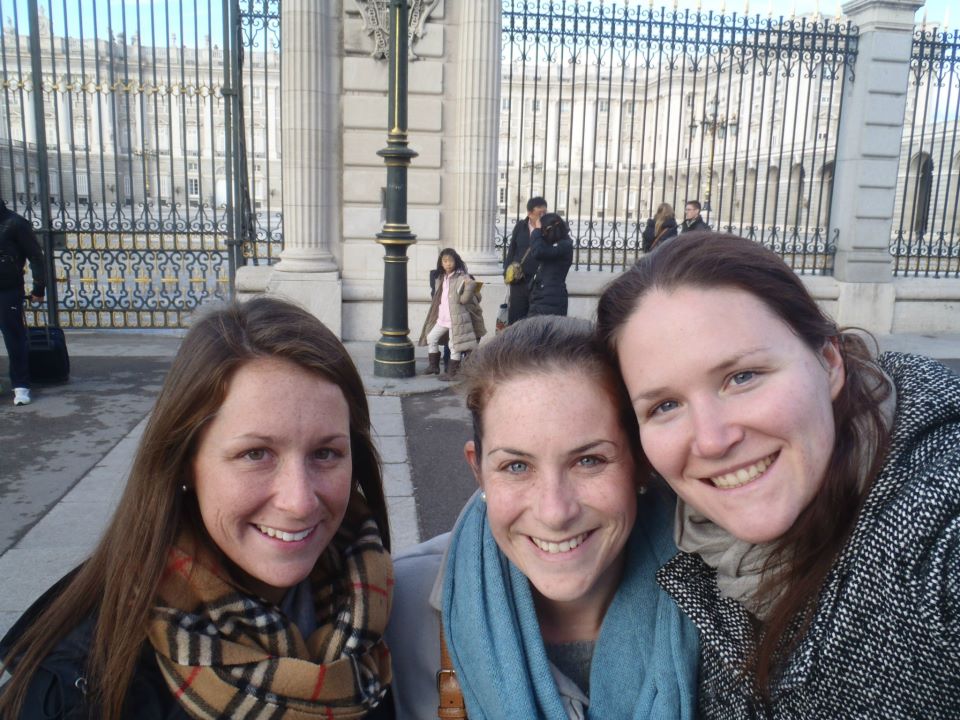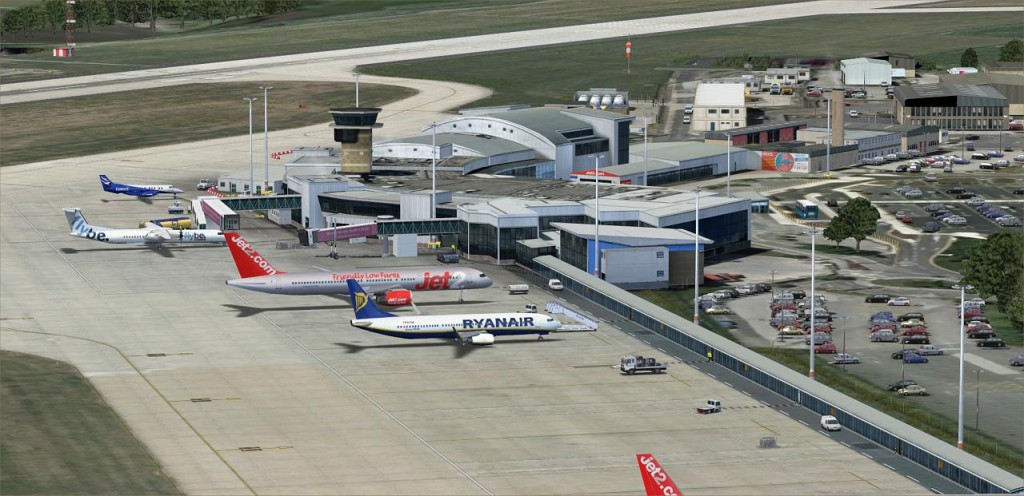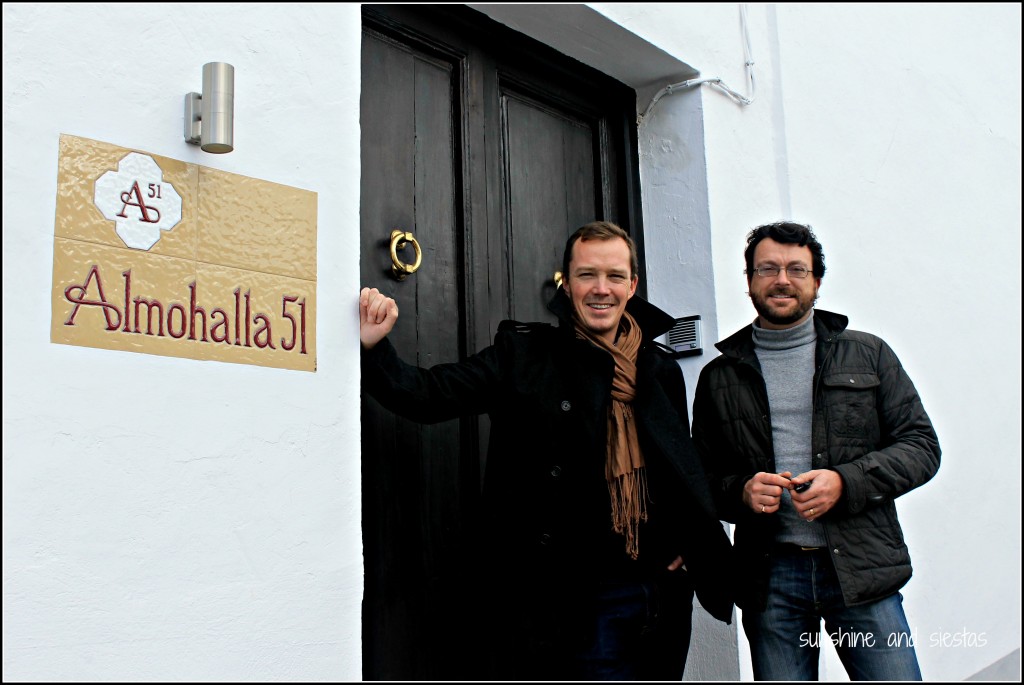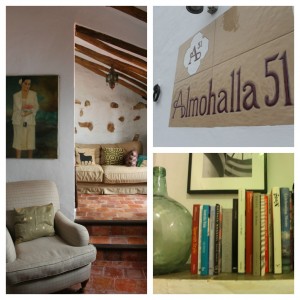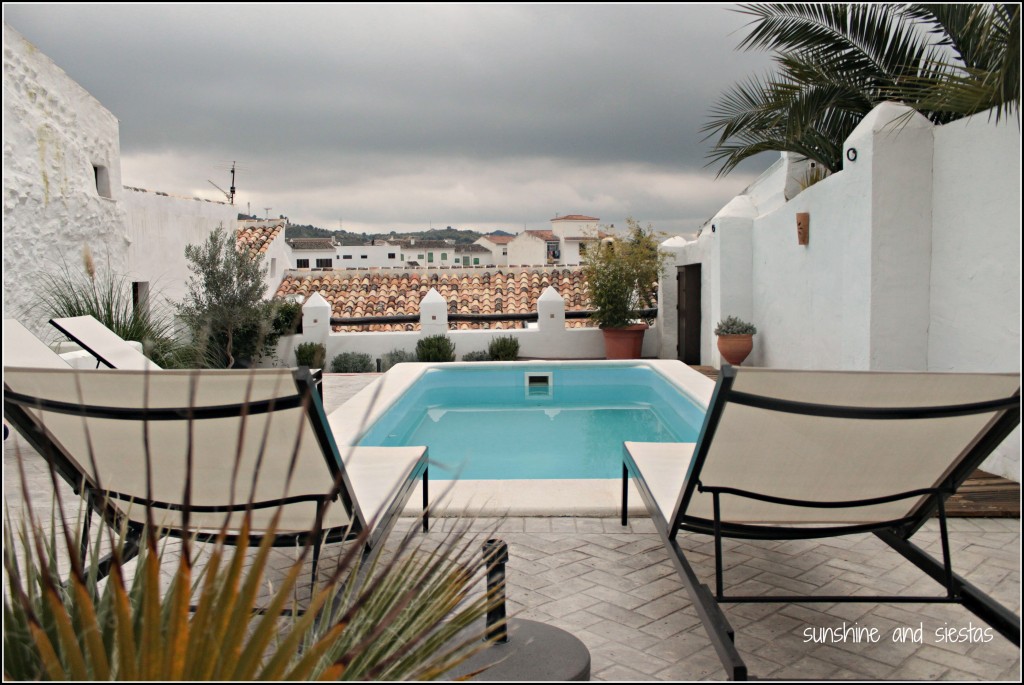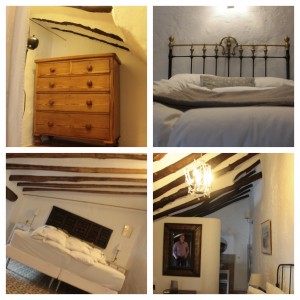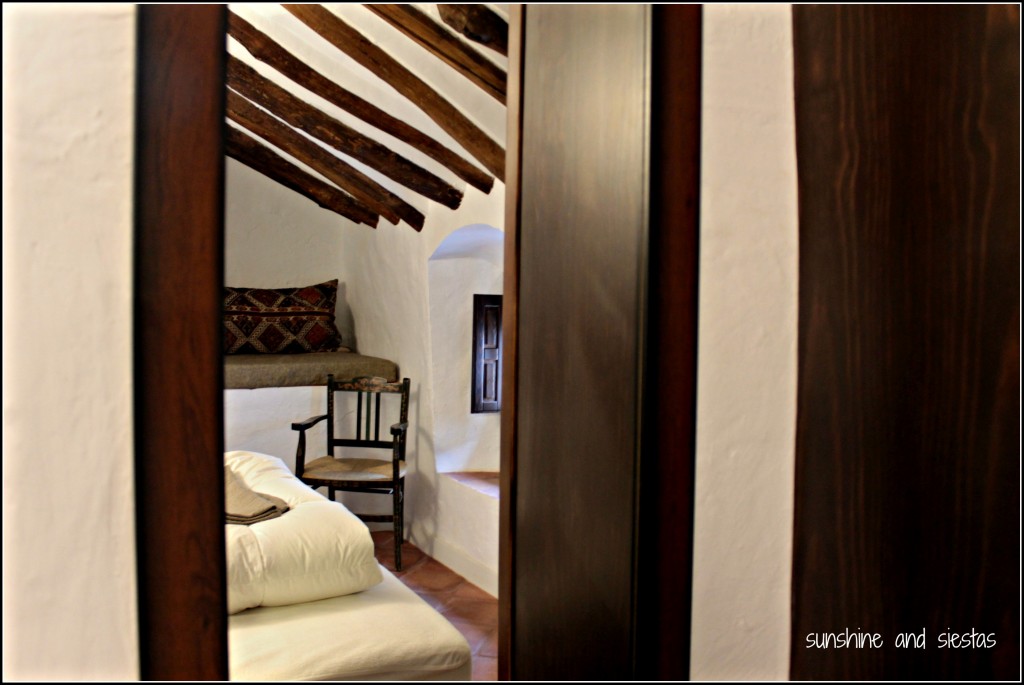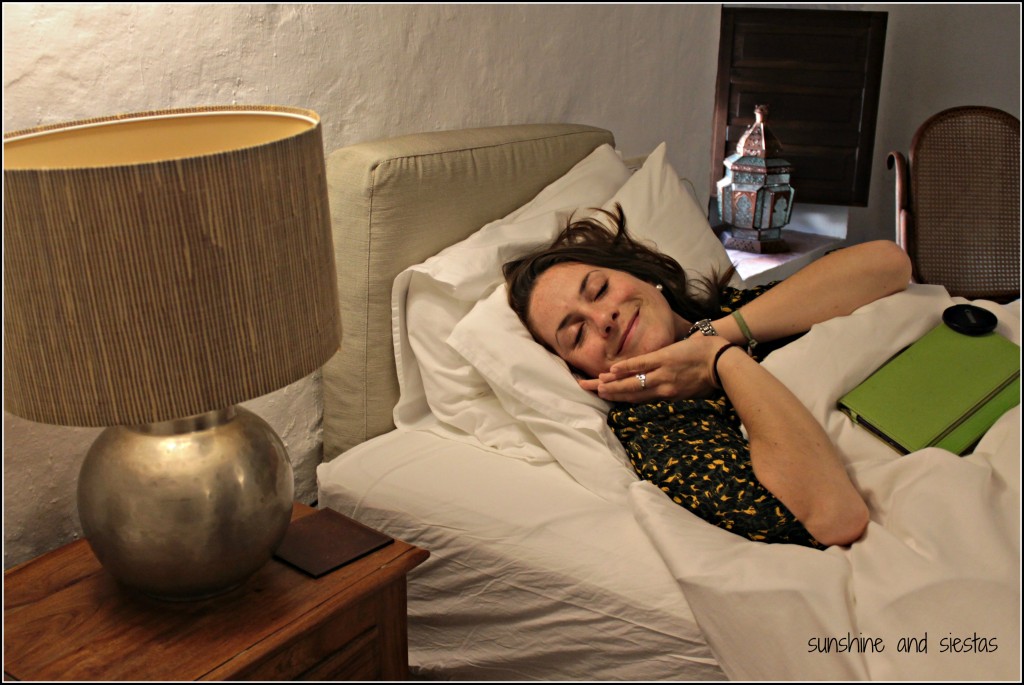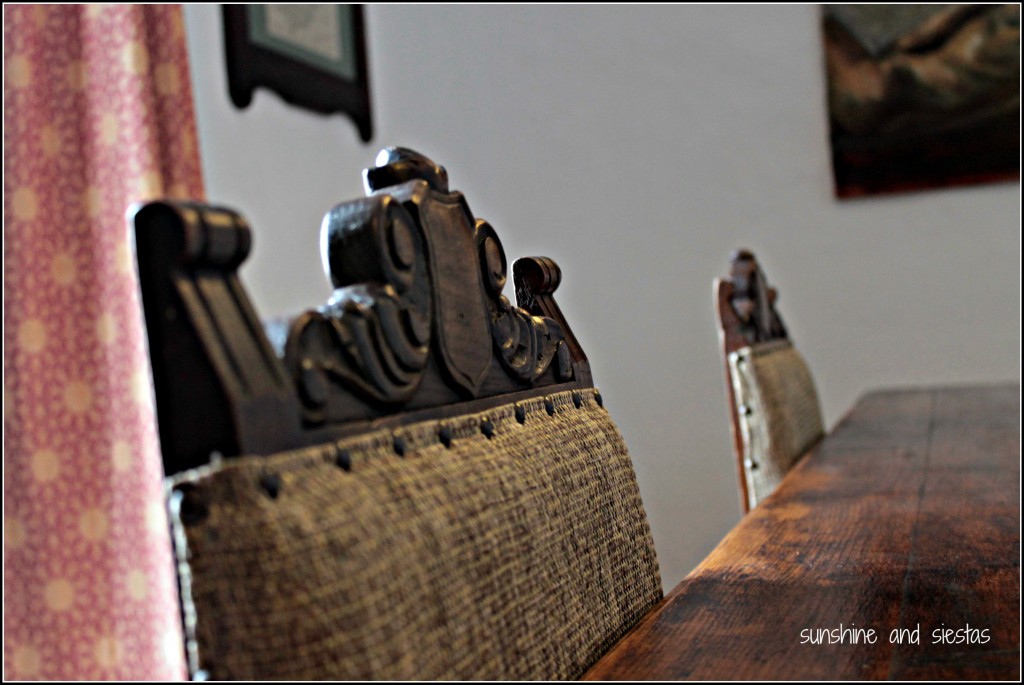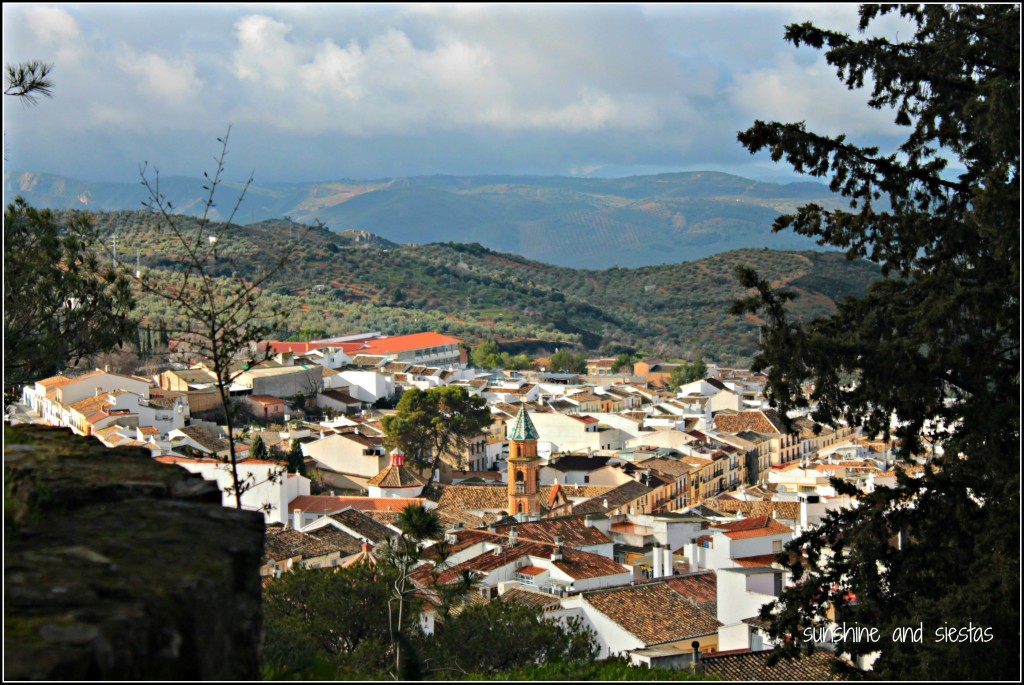Something hard hit my boob. I watched a rock about the size of a plum careen down the grassy knoll before rolling to a stop. I squinted up at the rock face. There was a lot of mountain to go, and it had already beaten me up.
The via ferrata is the Italian name given to the iron railings the Italian army used in WWI to scale the Alps and the Dolomites, which may have existed a century or two before. The peñón of Archidona is certainly not the Alps, but as a first time climber, my legs were shaking before I had even strapped my kit to the long wires extending more than 140 meters vertically.
Franci explained the procedure to us once more – to use the mountains, take off one carabiner at a time and don’t panic. I watched Meg Spiderman crawl over the first half a dozen before I took a deep breath and pushed off the ground, grasping the iron peg above my head.
Reaching the top a few hours later (there were periods of waiting for slower climbers or turns to cross the bridge that spanned a canyon) was a tad anti-climactic because my legs were tired and I’d already seen this view of the town below and the mountains that enclose it. My hands were red and raw and I could feel my nose burning under the hot sun.
We started down the mountain – this time walking – and snaked back around to the cars.
Facing things that make me nervous gives me just as much satisfaction as a really good meal and a glass of wine. Yeah, I like being outdoors and trying new things, but I’m not an adrenaline junkie. That said, I’d consider doing other activities that Ocioaventura offers, like spelunking or rafting. Anything that allows me to keep my two feet on the ground!
Ocioaventura offers a half-day Via Ferrata pack, which includes equipment rental, insurance and a basic training course, plus the climb, for 45€. Be sure to wear comfortable clothing and shoes, put on sunscreen and eat beforehand. You’re able to carry a small backpack for water. The course in Archidona is for beginners and can be climbed in 2-3 hours.
And if you’re looking for a place to stay, be sure to check availability at Almohalla 51, a beautiful boutique hotel that will only require a quick uphill trek from the main square.
